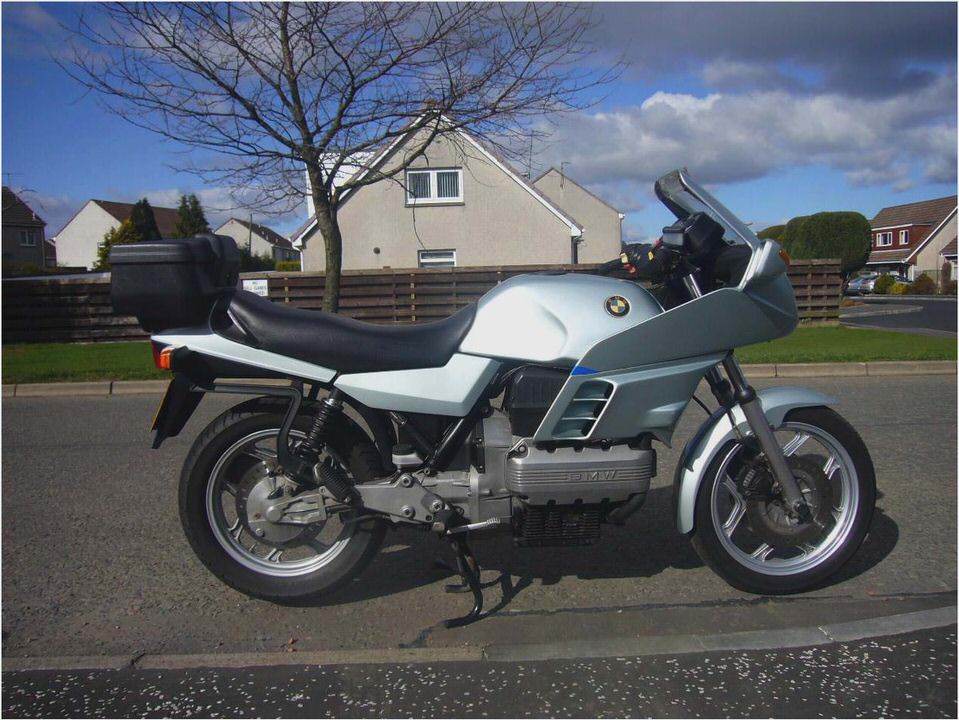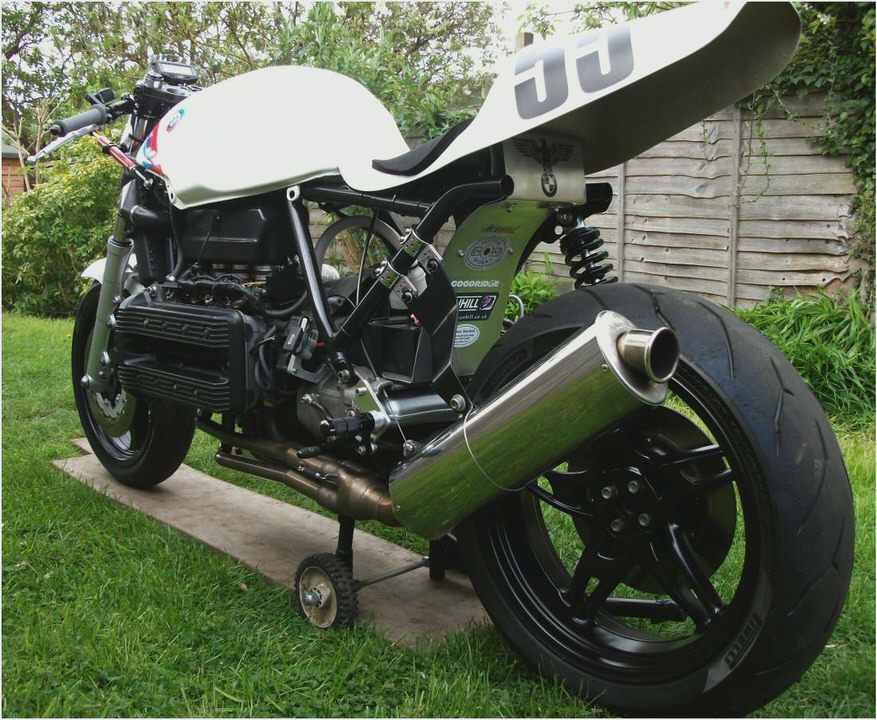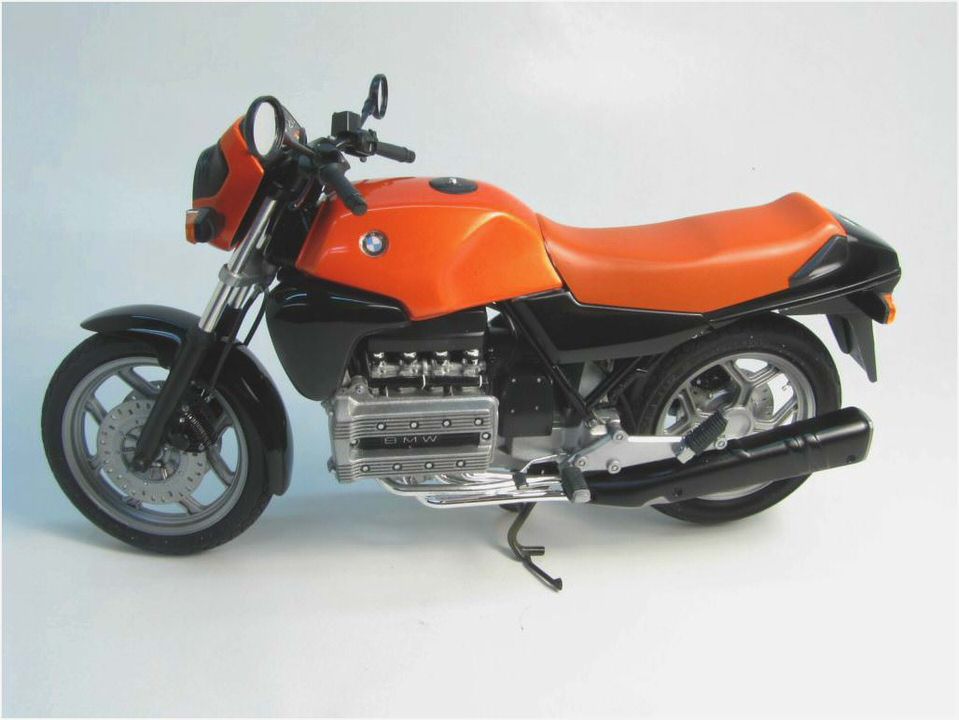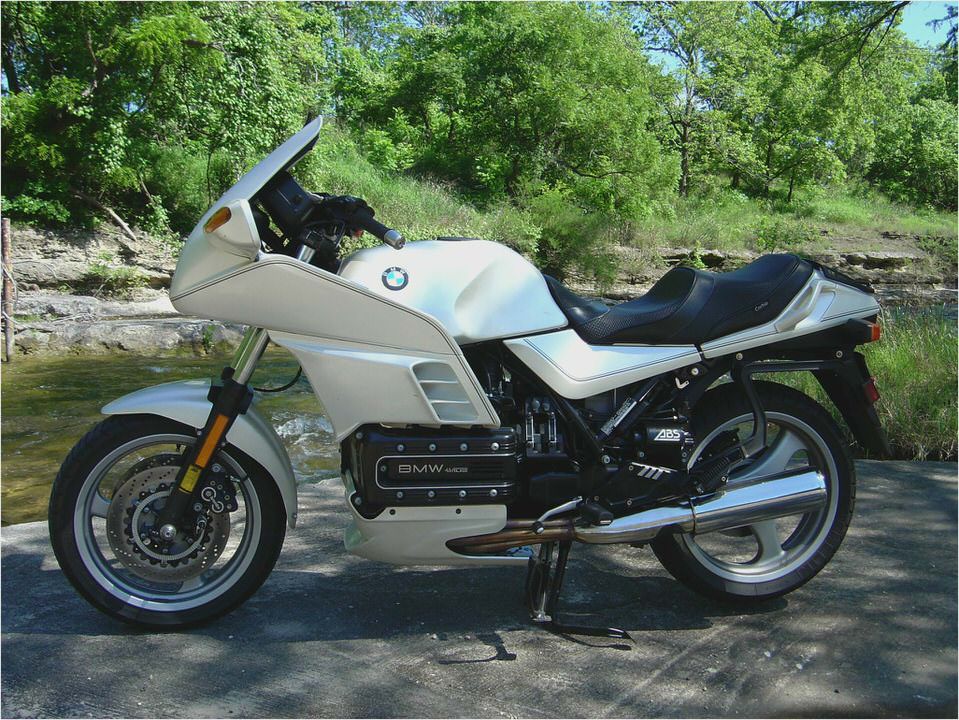
2 Answer Answers
read document below I hope it wil help you succes
ABS Diagnostic Data
By Andy Keatley
January 2001
Please find to follow copy of letter to Brian Curry re: ABS diagnostics. Hope is of interest.
Dear Brian,
I found your information on ABS diagnostics via a link from a very good British BMW breakers site http://www.james-sherlock.co.uk/.
With your info along with Richard Paton’s I have fixed my 16v RS’s fault.
However I found readings for resistances into the modulators as below:
Computer connector pins:
Front Rear
6(-) to 9(+) 4.4K 7(-) to 11(+) 4.4K
6(-) to 10(+) 1.9M 7(-) to 12(+) 2.1M
9(-) to 10(+) 1.9M 11(-) to 12(+) 2.1M
I suspect the readings depend upon how much current the meter used injects. Maybe there is an active device of some sort, probably a darlington power transistor to drive the coil in the unit because using the diode check function on my meter (Fluke85) I obtained the following readings:
Computer connector pins:
9(-) to 10(+) 1.49 11(-) to 12(+) 1.50V
Hope this is of interest and thanks for your very useful information.
Regards Andy Keatley
Dartmouth
England
Clearing ABS-I (and possibly II) Faults
By Richard Paton
April 1998
Well, I’ve now tried disconnecting the battery for over 1/2 hour. the ABS control unit must have some sort of non volatile storage inside. It looks like the only option for resetting the fault code is to go to the dealer to have the codes read out.
If you do *not* need to reset the ABS, follow the instructions below to save yourself much moolah later on.
1. Save this email
2. Add a 20 cm piece of wire, stripped at both ends, to your tool kit.
If you do not know whether you need to reset:
1. Stop.
2. Turn off ignition.
3. Turn on ignition. If both ABS lights flash together, you are OK. If the lights flash alternately, you need to reset your ABS.
4. If, having reset your ABS, the lights still flash alternately, you need to see your dealer.
If you do need to reset the ABS, follow the instructions below:
1. Remove rider and pillion seats. Turn ignition off.
2. Locate wire that runs under the rider’s seat up the middle of the rear mudguard, looking like it is going to disappear under the tool kit.
3. Pull said bit of wire out from under toolkit. Exclaim Well, I’ll be buggered when you see that the ‘plug’ it plugs into is merely a blank.
4. Unplug blank.
5. Insert one end of 20 cm wire into the middle socket hole of the above wire.
6. Ground the other end firmly to a metal bolt in the area (and keep grounded).
7. Turn on ignition. Note that the two ABS lights flash alternately.
8. Hold ABS button down for 8 seconds. The bottom ABS light will stay on, and the top one off.
9. Release the ABS button. If you have successfully reset the ABS, both ABS lights will come on. If you have failed to count to 8, or your ground is not good, the top ABS light will stay off.
10. Turn ignition off, put wire back in your tool kit, reconnect and stow blanking plug, and send cheque for half what your dealer would have charged you for this service to a charity of your choice (preferably me).
ABS Reset Instructions
By Jim Johnson
June 2001
Following is the sequence which allowed me to reset the ABS-I system on my 1990 K100LT:
Providing you know for sure that nothing is wrong with the ABS-I system, here is a method to reset it for this particular bike.
Symptoms:
Battery was out of circuit (dead) for more than a few hours. Upon inserting new battery and starting, ABS-I lights would not go out. *Both lights flashed simultaneously* Punching the ABS switch would cause both lights to stop flashing but remain on.
Tools:
1. Approximately 1 foot of wire with an alligator clip on one end.
Procedure:
1. Remove right side cover.
2. Locate 3 pin terminal tied to upper frame member.
3. Remove dead end blank from 3 pin terminal.
4. Plug bare end of wire into middle socket on terminal.
5. Ground alligator clip firmly to engine.
6. Press ABS switch and hold.
7. While holding ABS switch, turn ignition switch on and hold for a count of 20.
8. Turn ignition switch off.
9. Remove wire, reinstall dead end blank, snug everything up and replace side cover.
10. Place wire with tool kit for possible future use.
11. Stand back, drink beer and say. Well, I’ll be damned!!
12. Start bike and drive away happy. ;-
Kudos on this method are varied. Previous posting for clearing ABS faults by Richard Paton were generally correct but were not right for my bike. David Strauss of the /2 list serve (yes, i have a /2 also!) provided details more specific to this bike.
caution. this is for an operable abs-i system. please refer to other instructions on this page if your symptoms are other than those above!
cheers!!
jim johnson
1963 R60/2 UUUGLY
1975 R90/6 BLUE MULE
1990 K100LT BLUE OX
ABS I Diagnostic Methods
By Brian Curry
September 1998
Generally when the ABS lights start flashing, people start seeing dollar signs since there seems to be very little info on it out there, and what is there, has you testing using the BIG DOLLAR $$$ BMW test tool.
This is some info on how to find out what is causing the fault using a Volt Ohm Meter (VOM) and then how to investigate and narrow it down more using that same VOM. This is written based on ABS I. ABS II is similar, but has different codes.
The fault code is indicated at the diagnostic connector that the BMW tool connects to. On my K75 the diagnostic connector is located on the bike right side under the side panel. It plugs into a blue blank connector tiewrapped to the frame. There are three pins on this connector.
I was not able to detect any voltage on the outer, number 1 and 3 pins.
The center, number 2, pin is where the fault codes are indicated. This pin has about 0.5 to 0.75 volts on it with the bike shut off. When the ignition is turned on, the voltage rises to about 10 volts.
When all is well, it stays at 10 volts. However, if there is a fault, it drops towards zero (pulses) in a periodic manner. When there is a fault, every so often, the voltage pulses downwards toward 0 volts. The number of pulses, indicates the fault number.
In other words, if it pulses downwards 4 times, that indicates that there is a problem with the fault code number 4 items. The pulsing also occurs when the ignition is first turned on and the voltage is rising to
10 volts, but it is easier to spot when it occurs periodically later. I was able to see the pulses easily using an analog meter. It can also be seen using a digital meter. There is not enough current available to light a light.
I tried.
With the fault code number, troubleshooting can proceed.
First the ABS plug is numbered as shown below. Yes, it is a PITA to get the ABS brain out and the plug disconnected from the ABS I but some tests have to be done from there. With the pin sockets toward you, and the cable on the right, it is numbered from the right to the left, bottom and then top.
This is important.
25 14
____________________________________
| _______
| _______ Cable
|____________________________________/
System voltage test. Power is supplied on Pin 15, and Pin 14 is ground. Connect to them, and confirm that when the ignition is turned on, the voltage is the same as at the battery.

________________________________________
Fault Code 1 – Front Pressure Modulator
ABS connector pins of interest 6,9,10
_________
| __ |
| |
87 | | __ | 86
| | __ |
|_________|
Again, if it is open circuit check from the socket to the Modulator plug. Then check from Terminal 31 of the Modulator to ground. Again, if the wiring is good, the modulator is bad.
ABS connector pins of interest 7,11,12
Resistance 7-11
4.48 K-ohms
Resistance 7-12
16.7 K-ohms
Resistance 11-12
19.5 K-ohms
If an open is indicated, check the wires from the brain plug to the Modulator plug. If those connections are OK, the modulator is bad.
Remove the ABS relay in the electrical box under the tank. The relay is at the front of the box, on the left side, just beside where the front wiring harness enters the box. Measure resistance from the ABS relay socket to ground.
Measure from 87 to frame ground. It should measure 17.4 K-ohms.
Again, if it is open check from the socket to the Modulator plug. Then check from Terminal 31 of the Modulator to ground. Again, if the wiring is good, the modulator is bad.
With the ignition off, the ABS relay socket connection Pin 30 should be the same as the battery voltage. If not, check that connection point is secure, and the red wire from the battery to connection point 30.
________________________________________
Fault Code 3 – Front Wheel Speed Sensor
ABS connector pins of interest 1,2
Resistance 1-2
135 +/-20 ohms
If the reading is an open circuit, measure resistance from ABS connector pins 1 and 2 to the frame ground. It should be an open circuit. If it is not, check the wiring to the speed sensor.
If the wiring is OK, the sensor is shorted internally and it will need to be replaced.
If resistance reading is not correct, check wiring from pins 1 and 2 to the front wheel speed sensor, and the plug connection at the front wheel speed sensor. If the wiring is good, the speed sensor is bad and needs replacement.
If the resistance reading is correct, replace the ABS brain.
________________________________________
Fault Code 4 – Rear Wheel Speed Sensor
ABS connector pins of interest 3,4
Resistance 3-4
135 +/-20 ohms
If the reading is an open circuit, measure resistance from ABS connector pins 3 and 4 to the frame ground. It should be an open circuit. If it is not, check the wiring to the speed sensor, if the wiring is OK, the sensor is shorted internally and it will need to be replaced.
If the resistance reading is not correct, check wiring from pins 3 and 4 to the rear wheel speed sensor, and the plug connection at the rear wheel speed sensor. If the wiring is good, the speed sensor is bad, and needs replacement.
If the resistance reading is correct, replace the ABS brain.
________________________________________
Fault Code 5 – Battery Voltage Too Low
Power (
12.6V) is supplied on Pin 15, and Pin 14 is ground. Connect to them, and confirm that when the ignition is turned on, the voltage is the same as at the battery.
If not: Check the battery charge and condition (Load test.) Check the pin 14 to frame ground connection. Check the battery, frame, and engine ground connections. Check ABS connector pin 15 to ignition switch terminal 15.
Check wiring from the battery positive connector to the ignition switch.
If all the wiring is OK, replace the ABS brain.
________________________________________
Fault Code 6 – ABS relay
ABS connector pins of interest 17,19




- Techmount Center Mount (BMW R1200RT, R1150RT, & R1100RT) silver – Twis…
- Bmw Motorcycles R60 2
- 2012 BMW K 1600 GTL E Luxury – Motorcycle Reviews BigbikeMotorCycles.com
- TVS Motors to Tie Up With BMW Motorrad
- The BMWMOCM Message Board: 1984 BMW R100RT Final Edition FOR SALE

